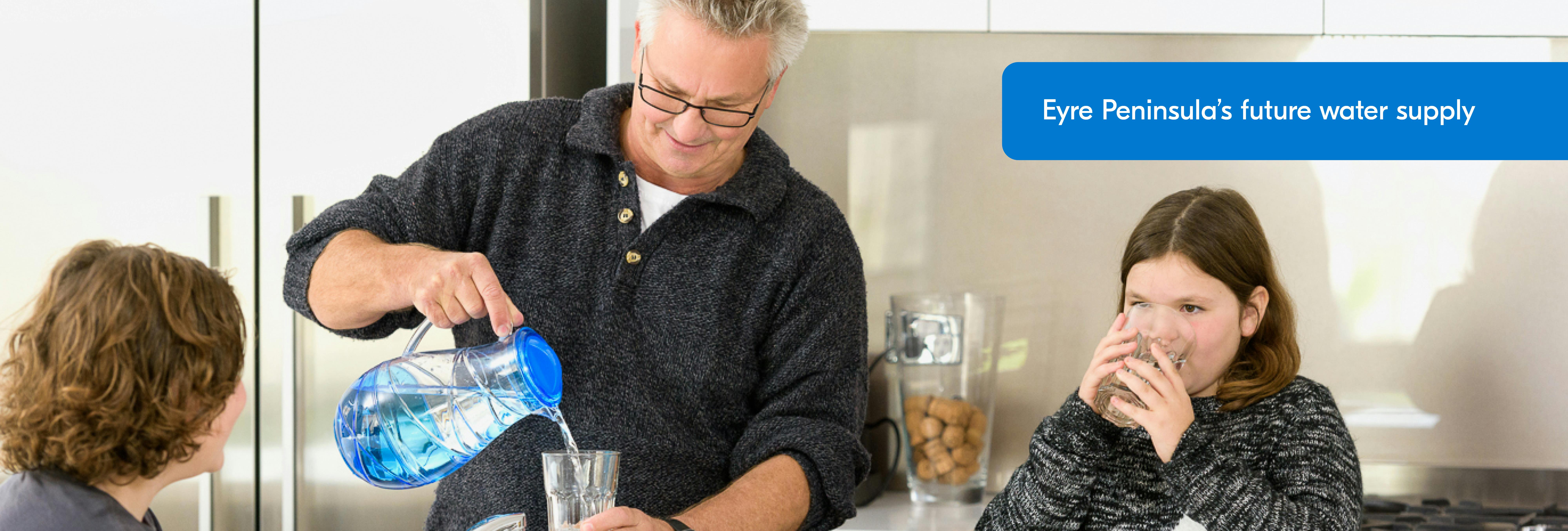Design changes informed by key stakeholders - February 2024
We are continuing to mature the design for our proposed desalination plant at Billy Lights Point, with key changes made in response to feedback gathered through early engagement and further scientific analysis, reinforcing our commitment to minimising any impacts to the coastal and marine environment.
These changes include using a trenchless construction method for the installation of the plant’s intake and outfall pipes, and the placement of these pipes in a deeper area off the coast of Billy Lights Point within a higher flushing zone.
We have listened to and responded to feedback from the Project Reference Group and other key community groups, our regulators and various other government agencies, which highlighted the importance of minimising disturbance to the Billy Lights Point coastline and avoiding the shallow waters of Proper Bay.
We will need to conduct additional geotechnical studies to refine the scope of the trenchless construction method, and from March 2024, we will use a barge and small drill rig off the coast of our existing nearby wastewater treatment plant to collect soil and rock samples from the ocean floor.
This will enable a better understanding the site’s geology, to determine the exact type of construction method, which could include directional drilling or tunnelling.
The geotechnical work is expected to take several weeks to complete, and the results will help inform a detailed concept design which will be incorporated into our Development Application for the project.
To support this work, we will also be undertaking further hydrodynamic modelling within the preferred marine zone and a re-run of the particle tracking model, which will add to existing knowledge of mussel spat movement and narrow down the exact alignment and location of the intake and outfall pipes.
We are planning to place the pipes in a zone to the east of Billy Lights Point, up to 1.5 kilometres offshore and more than 2.5 kilometres from existing mussel leases. This location is near a commercial shipping corridor which extends from the marina to Cape Donnington and is within water around 10 to 15 metres deep.
The outfall for our Port Lincoln Wastewater Treatment Plant sits outside of this zone further to the south, and our extensive monitoring to date has demonstrated no negative impact to the local marine environment from this marine infrastructure.




